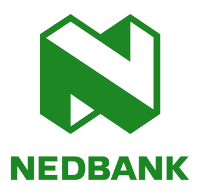Drupal Training For Developers, Site Builders and Designers
Master Drupal 8 with our range of Drupal training. Our Drupal courses cover the skills required by developers, site administrators and content editors.
- Site builders or site administrators are people using Drupal and its array of third party modules to build web applications for themselves or clients or who have to maintain a Drupal site,
- Content editors or content creators are people need to create and manage content. Skills required are organising content, content workflow and how to create new content types.
- Back end developers are developers who need to create modules, extend Drupal or leverage Drupal's rest API to provide services to a range of front-ends.
- Front end developers are UI designers who want to create amazing looking web pages to engage customers and site users to ensure that the site is effective at reaching its goals.
| Training Course | Days | Amount |
|---|---|---|
| Drupal Back End Developer Training (Module) | 5 | R25,000 |
| Drupal Front End Developer Training (Theming) | 3 | R18,000 |
| Site Builder/Site Administrator Training | 3 | R16,000 |
| Content Manager Training | 3 | R14,000 |







